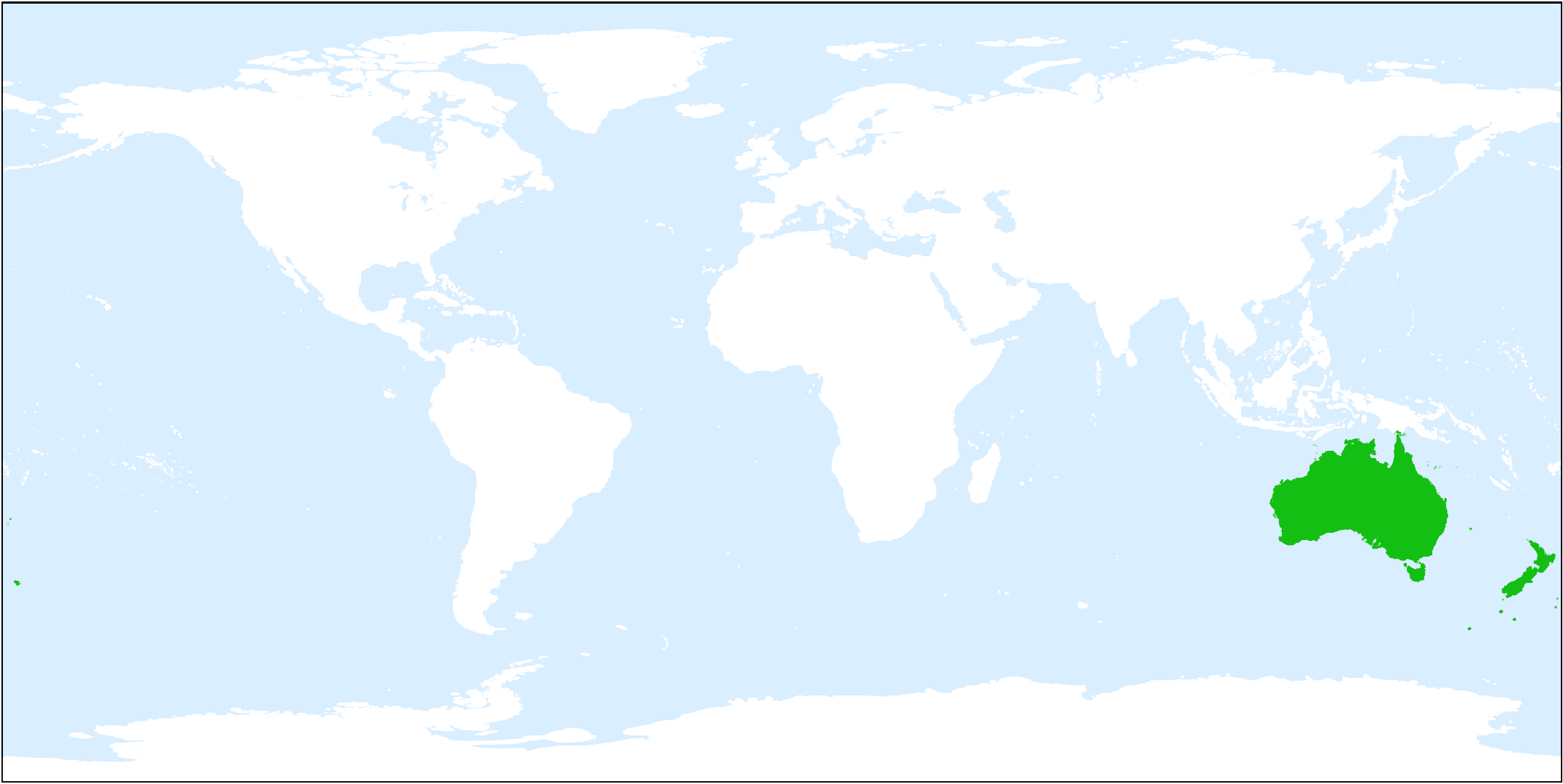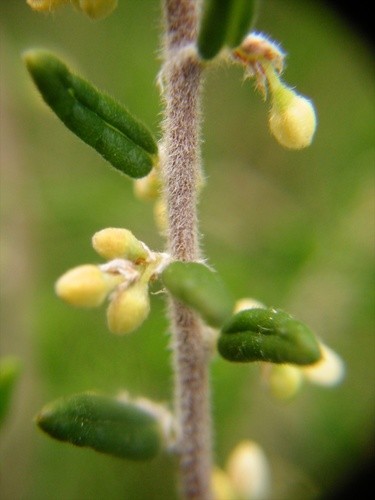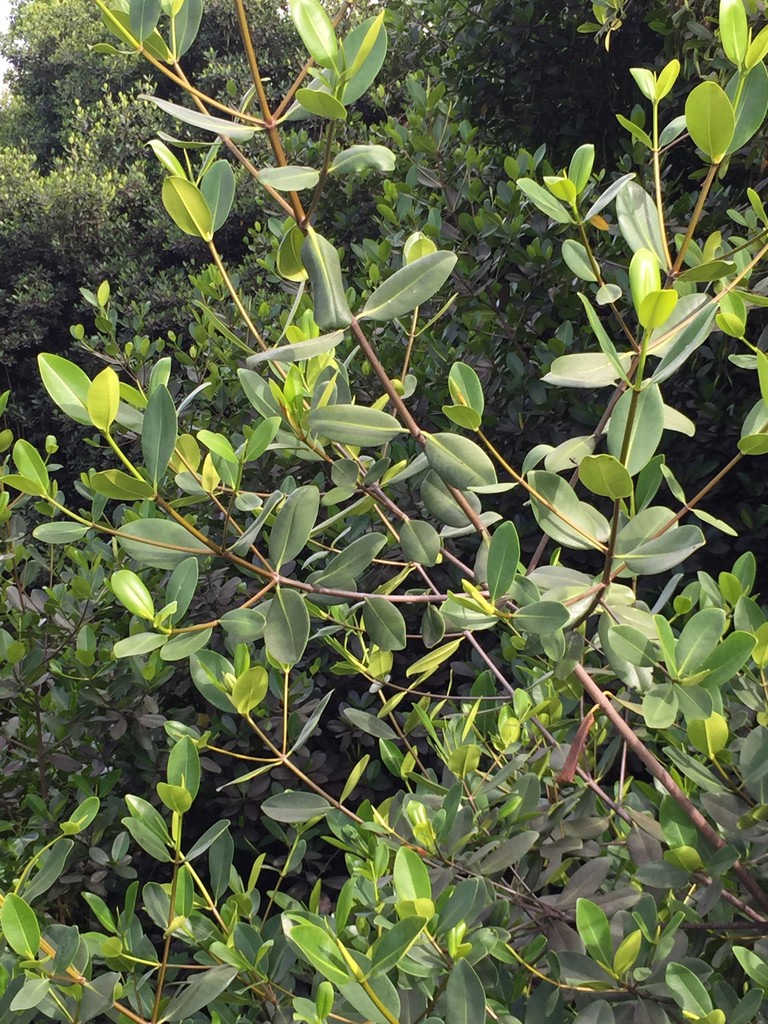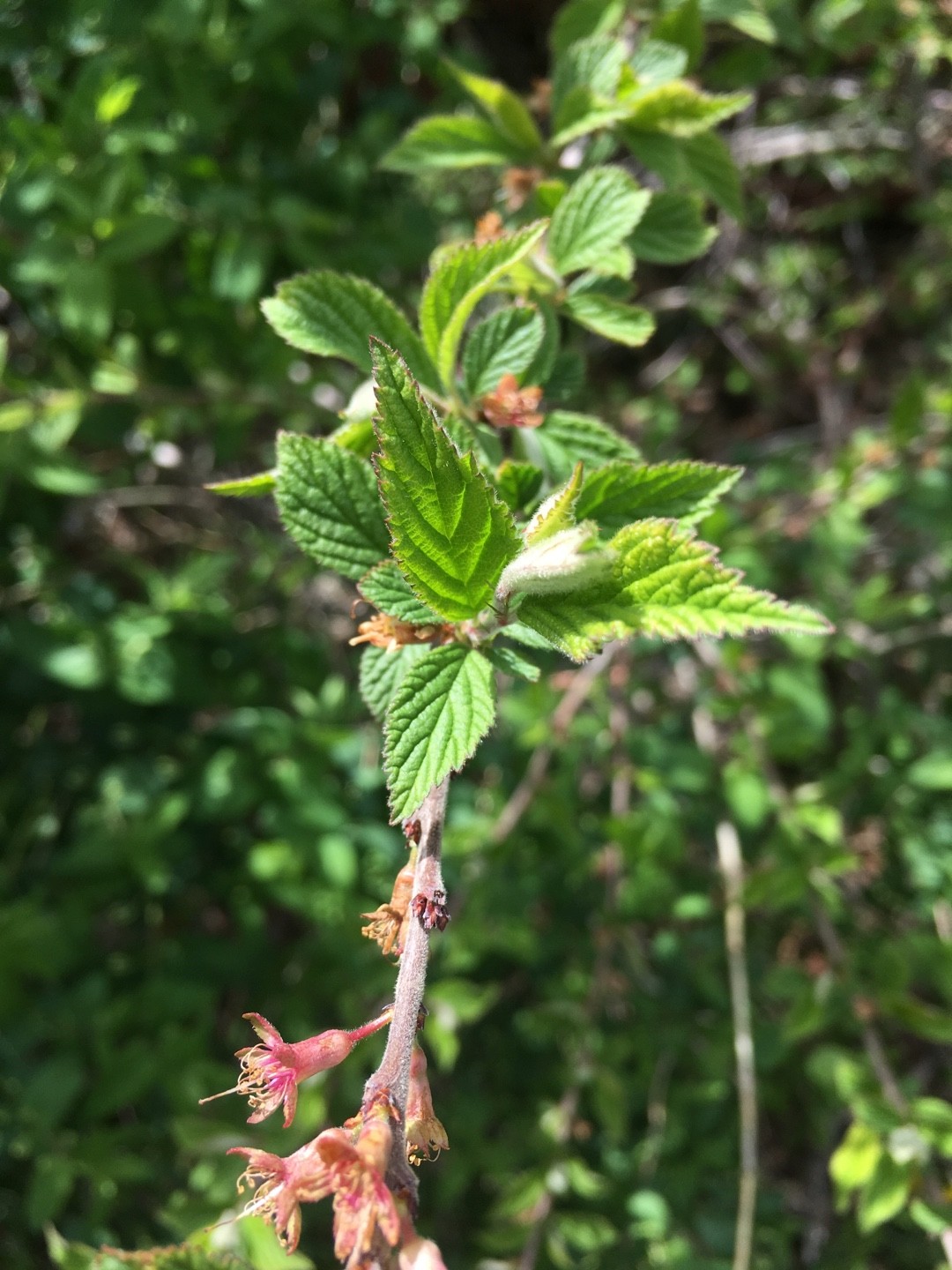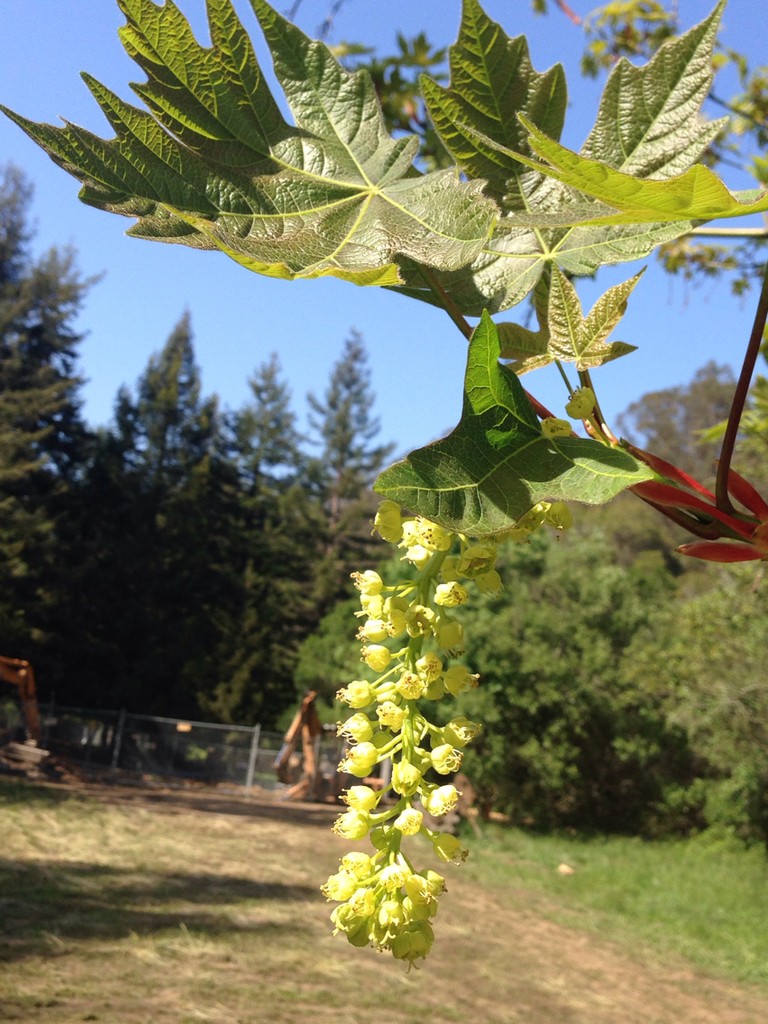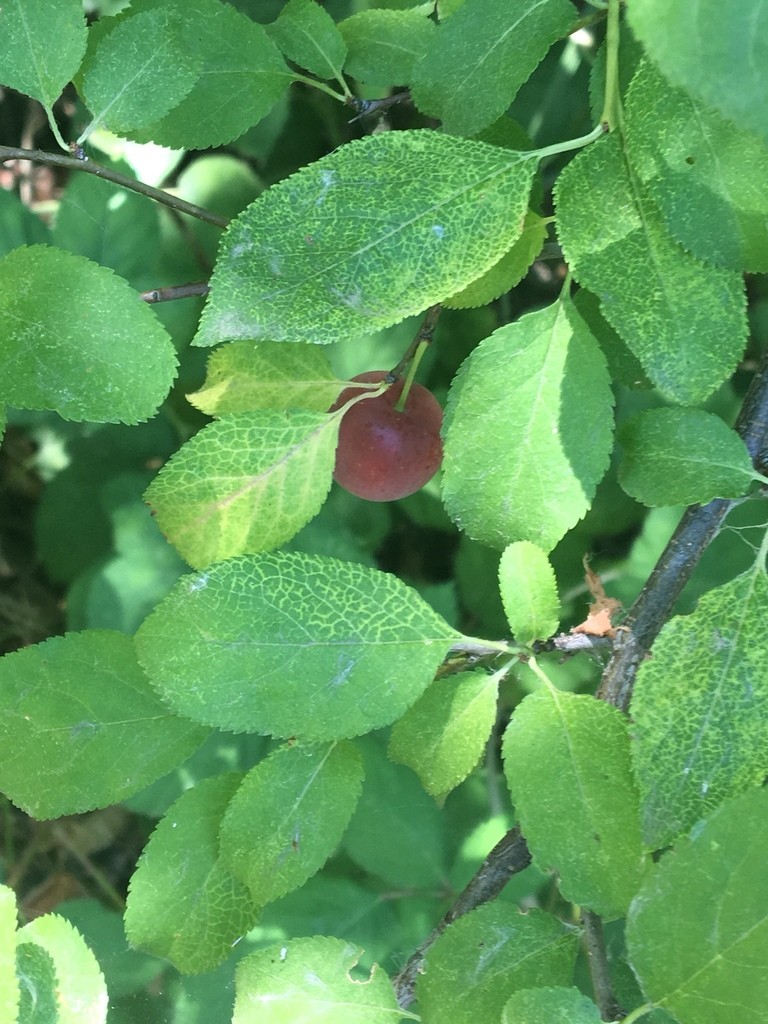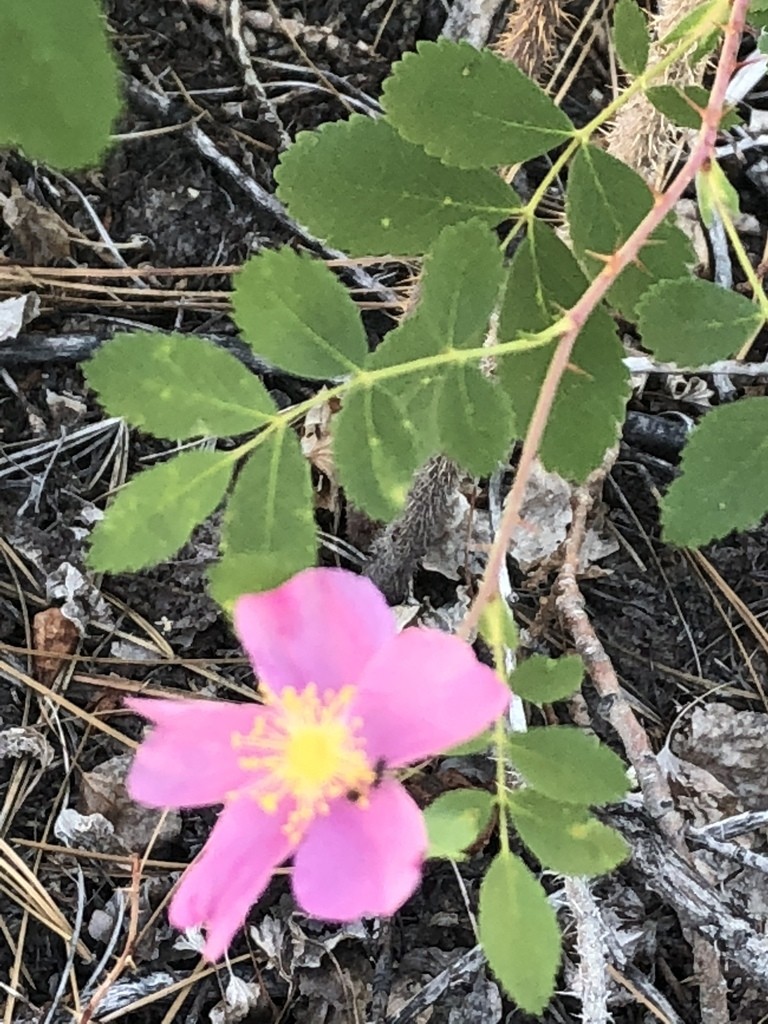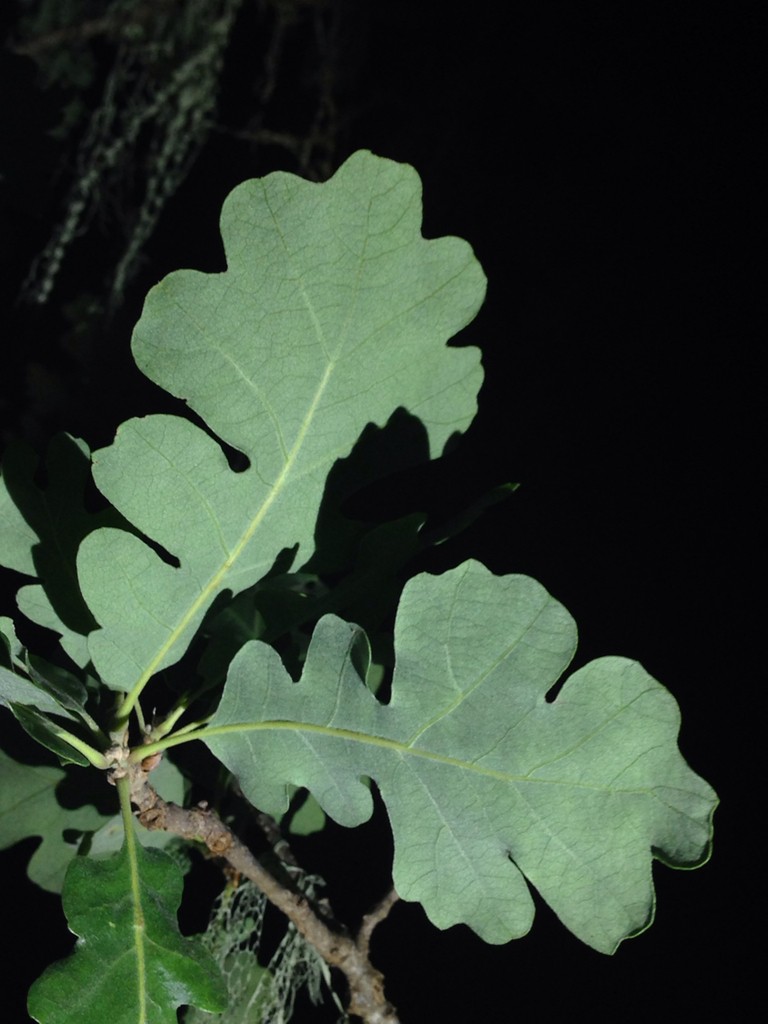Pomaderris comprises shrubs native to Australia and New Zealand, suited for temperate climates. Basic care involves positioning pomaderris under full to partial sunlight, with well-draining, fertile soil, ensuring regular watering while avoiding waterlogging. Temperature preferences are generally moderate, avoiding frost. Pomaderris faces challenges such as phytophthora root rot and occasional infestations of scale insects or aphids. Seasonally, pomaderris requires mulching to retain moisture in summer, while pruning is best post-flowering in late autumn or early winter, mitigating disease risks.



